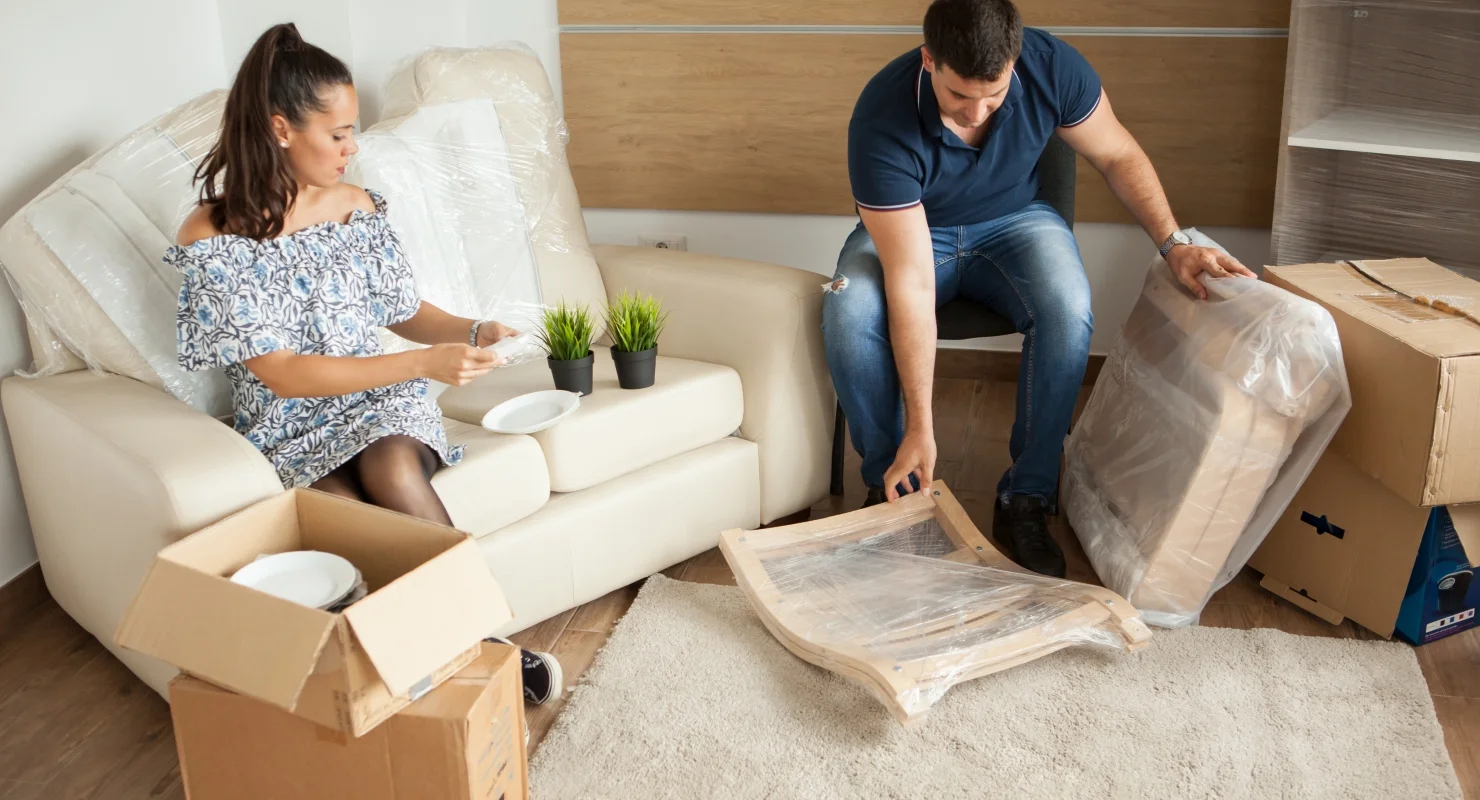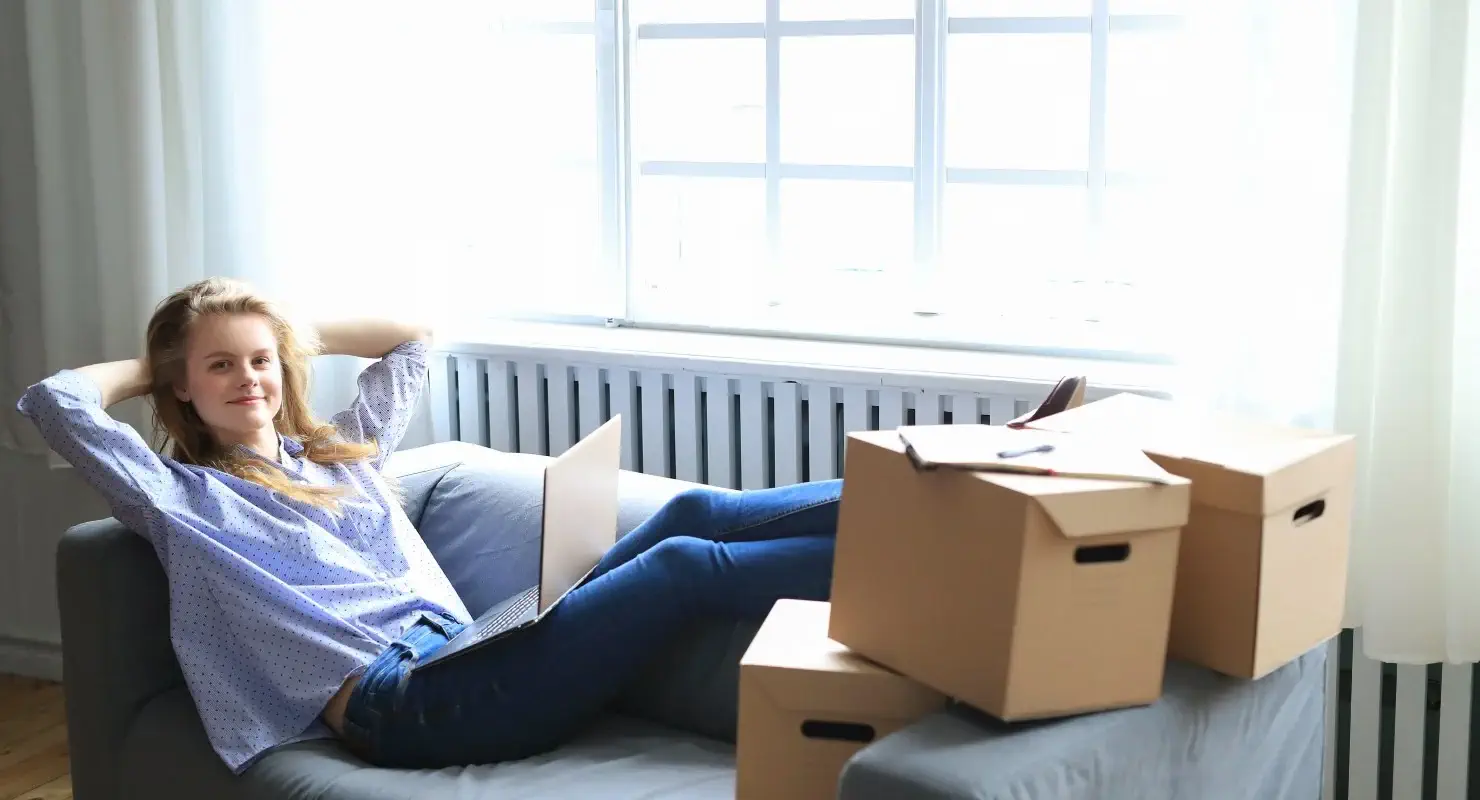
Packing Your Property Like A Pro - Expert Packing Tips For A Safe Move
Packing is one of the most important steps in moving. How you pack your belongings can make all the difference between a smooth move and a stressful one. In this guide, we’ll share expert packing tips that will help you protect your items, reduce stress, and save time on the day of the move.
Start Early: Packing Takes Time
Packing is not something you should leave to the last minute. Aim to begin packing at least 2-3 weeks before your move. Start with items you don’t use daily, such as seasonal clothing, books, or extra kitchenware.
Create a packing schedule:
Plan to pack a few boxes each day to prevent last-minute stress.
Gather packing supplies:
Get enough boxes, packing paper, bubble wrap, tape, and markers.
For a step-by-step guide, go here.
Use Quality Packing Materials
Using the right materials is crucial to ensure the safety of your belongings. While it’s tempting to cut costs, low-quality packing materials can result in broken items.
Choose sturdy boxes:
Opt for strong, double-walled boxes to avoid collapsing during transit.
Bubble wrap & packing paper:
Wrap delicate items in bubble wrap or packing paper to cushion them against bumps and shocks.
Packing peanuts & foam:
Use these for fragile items that may need additional protection.
Pack Room by Room
To stay organised and ensure you don’t lose track of your belongings, pack room by room. Label each box with the room it’s destined for and its contents.
Label clearly:
Write what’s inside the box, and don’t forget to mark fragile items.
Keep like items together:
Protect Fragile Items
Packing fragile items requires extra care. Whether it's glassware, ceramics, or electronics, ensure they are packed securely to avoid breakage.
Wrap each item individually:
Don’t just put them in a box loosely; wrap each item to prevent damage.
Use double-boxing for extra protection:
For very fragile items, double-box them for added security.
Pack Heavy Items in Smaller Boxes
When packing heavy items, use smaller boxes to prevent overloading. Larger boxes can be tempting for packing heavy items like books, but they can become too heavy to lift safely.
Distribute weight:
If you must use large boxes, balance the weight by packing lighter items around heavier ones.
Use a trolley or dolly:
To make heavy lifting easier, use a dolly or trolley to move your boxes.
Disassemble Furniture
For large furniture items like bed frames, tables, and bookshelves, disassemble them before the move. This will make them easier to transport and save space in the moving van.
Keep screws and bolts together:
Place all screws and small parts in labelled bags and tape them to the furniture piece.
Wrap furniture
Use blankets or bubble wrap to protect your furniture during transport.
Create an Essentials Box
On the day of your move, you’ll need immediate access to certain items. Pack an essentials box containing:
Toiletries:
Soap, shampoo, toothpaste, and toilet paper.
Clothing:
A change of clothes, pyjamas, and shoes.
Important documents:
Passports, insurance, and moving contracts.
Snacks and drinks:
To keep you going on moving day.
For more on how to best prepare for the big day, check out this blog post!
Don’t Overpack Boxes
While it may be tempting to stuff as much as you can into a box, overpacking can lead to damaged goods and difficulty lifting boxes. Stick to reasonable limits and use smaller boxes for heavy items.
Leave room for padding:
Don’t fill a box to the top without leaving space for protective padding like bubble wrap.
Test the weight:
After packing, lift each box to check that it’s manageable.
Label Boxes for Easy Unpacking
Once your items are packed, the next step is labelling. Labelling your boxes will save you time when it’s time to unpack. Write the room and brief description of the contents on every box.
Use colour codes:
Assign colours to different rooms (e.g., red for the kitchen, blue for the bedroom) to make unpacking even easier.
Mark fragile items clearly:
Take time to explore the new neighbourhood with your children. Visit local parks, shops, and attractions to help them become familiar with their new surroundings. Use "Fragile" stickers on boxes containing breakable items.
Stay Calm and Focused
Packing can feel overwhelming, especially if you have a lot of items. But by staying calm and breaking the process into smaller tasks, you’ll be able to pack efficiently and effectively.
Take breaks:
Don’t try to do everything at once. Take breaks to avoid burnout.
Get help:
If possible, ask family members or friends to help with the packing.
Conclusion
Packing doesn’t have to be stressful if you’re organised and use the right materials. By following these expert packing tips, you’ll be able to protect your belongings and make your move as smooth as possible. Start early, stay organised, and remember to pack with care. We recommend going here if you're looking for a smooth transition from packing to moving.

